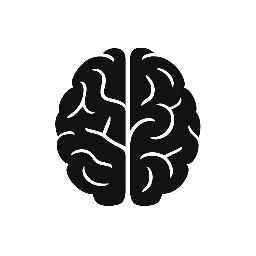
Anxiety is characterised by excessive worry, fear, and nervousness and is a common mental health condition. It can interfere with daily activities and overall well-being. Fortunately, advances in neuroscience and psychology have deepened our understanding of anxiety and led to the development of effective therapies. This article explores the science behind anxiety therapy, highlighting how it works and why it helps.
What Causes Anxiety?
Anxiety arises from a complex interplay of genetic, environmental, and psychological factors. Key brain regions involved include the amygdala, which processes fear, and the prefrontal cortex, which regulates emotional responses. In people with anxiety disorders, the amygdala is often overactive, leading to heightened fear responses, while the prefrontal cortex may have reduced control over these reactions.
Neurotransmitters such as serotonin, gamma-aminobutyric acid (GABA), and norepinephrine also play crucial roles. Imbalances in these chemicals can contribute to anxiety symptoms.
Principles of Anxiety Therapy
Anxiety therapy aims to modulate brain activity and cognitive patterns to reduce symptoms and improve coping skills. The most common evidence-based therapies include:
- Cognitive Behavioural Therapy (CBT)
CBT helps individuals identify and challenge distorted thoughts that fuel anxiety. By restructuring negative thinking and encouraging gradual exposure to feared situations, CBT trains the brain to respond differently, effectively rewiring neural pathways. - Exposure Therapy
A subset of CBT, exposure therapy involves systematic, controlled exposure to anxiety-provoking stimuli. This process desensitises the amygdala’s fear response, reducing avoidance behaviours and anxiety over time. - Mindfulness and Relaxation Techniques
Mindfulness meditation and relaxation exercises promote awareness and acceptance of anxious thoughts without judgment. These practices enhance prefrontal cortex function, improving emotional regulation. - Pharmacotherapy
Medications such as selective serotonin reuptake inhibitors (SSRIs) and benzodiazepines can balance neurotransmitter levels, alleviating symptoms. These are often used alongside therapy for optimal results.
The Neuroscience of Change
Anxiety therapies induce neuroplasticity—the brain’s ability to change and adapt. New neural connections form through repeated practice and learning, and maladaptive circuits weaken. For example, CBT strengthens prefrontal cortex pathways that inhibit amygdala overactivity. This biological change underlies the lasting benefits of therapy.
Conclusion
Understanding the science behind anxiety therapy reveals why these treatments are effective. By targeting brain function, altering thought patterns, and regulating emotional responses, anxiety therapies offer hope and healing for millions. Continued research promises even more refined and personalised interventions in the future. If you or someone you know struggles with anxiety, seeking professional help is a crucial step toward recovery.

Leave a Reply